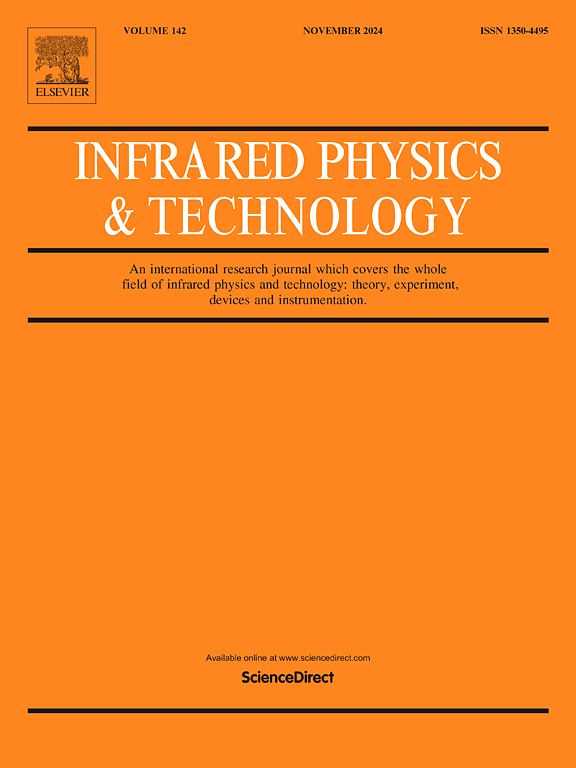探索基于人工智能的水下光纤激光传输PMMA材料微通道操作性能评价
IF 3.1
3区 物理与天体物理
Q2 INSTRUMENTS & INSTRUMENTATION
引用次数: 0
摘要
随着现代机械加工技术的出现,聚合物在高质量微流控器件的制造和生产中得到了广泛的应用。为了使用合适的材料,选择合适的加工工艺就变得至关重要。研究了不同工艺参数对厚度为9 mm的聚甲基丙烯酸甲酯(PMMA)板在部分浸没水中进行激光微通道加工的影响。光纤激光器,特别是波长为1064nm的光纤激光器,由于其与Nd: YAG或CO2激光器相比具有优越的性能,已被用于加工。实验研究了脉冲频率(PF)、激光功率(LP)和扫描速度(SS)等不同激光束特性对加工微通道深度、切口宽度和热影响区宽度的影响。本文建立了基于理想解相似性的模糊技术模型(fuzzy-TOPSIS)。利用比率分析法(MOORA)对工艺参数进行了多目标优化。模糊topsis和MOORA模型均表明,PMMA微通道的最佳加工准则为PF为65 kHz, LP为6.5 W, SS为0.5 mm/s。利用扫描电子显微镜(SEM)分析了与通道尺寸相关的表面形态变化。该研究强调了作为开发综合模型和建立最佳LBM参数的强大工具的方法的效率。本文章由计算机程序翻译,如有差异,请以英文原文为准。
Explore AI based performance evaluation of underwater fiber laser transmission micro-channeling operation on PMMA material
Extensive use of polymers has been found in the manufacturing and production of high-quality microfluidic devices with the advent of modern machining technologies. To use the appropriate material for specific purpose, selection of appropriate machining process becomes crucial. Present study deals with the investigation on the effect of process parameters of laser micro-channelling operation on polymethyl methacrylate (PMMA) plate of thickness 9 mm in partially submerged in water. A fiber laser, specifically one with a wavelength of 1064 nm, has been employed for machining due to its superior performance compared to Nd: YAG or CO2 lasers. Experiments are carried out to investigate the effect of various laser beam characteristics, such as pulse frequency (PF), laser power (LP), and scanning speed (SS), on the channel depth, kerf width, and heat affected zone width of the machined micro-channel. In this study, fuzzy-technique models for order preference by resemblance to the ideal solution (fuzzy-TOPSIS) have been developed. Additionally, multi-objective optimization of process parameters is performed using ratio analysis (MOORA). Both of the models namely fuzzy-TOPSIS and MOORA indicate that the optimal machining criteria for micro-channeling of PMMA are PF of 65 kHz, LP of 6.5 W and SS of 0.5 mm/s. An analysis of the surface morphological variations in correlation with the channel dimensions is also conducted utilizing scanning electron microscopy (SEM). The study emphasises the efficiency of the methodologies used as powerful tools for developing a comprehensive model and establishing the optimal LBM parameters.
求助全文
通过发布文献求助,成功后即可免费获取论文全文。
去求助
来源期刊
CiteScore
5.70
自引率
12.10%
发文量
400
审稿时长
67 days
期刊介绍:
The Journal covers the entire field of infrared physics and technology: theory, experiment, application, devices and instrumentation. Infrared'' is defined as covering the near, mid and far infrared (terahertz) regions from 0.75um (750nm) to 1mm (300GHz.) Submissions in the 300GHz to 100GHz region may be accepted at the editors discretion if their content is relevant to shorter wavelengths. Submissions must be primarily concerned with and directly relevant to this spectral region.
Its core topics can be summarized as the generation, propagation and detection, of infrared radiation; the associated optics, materials and devices; and its use in all fields of science, industry, engineering and medicine.
Infrared techniques occur in many different fields, notably spectroscopy and interferometry; material characterization and processing; atmospheric physics, astronomy and space research. Scientific aspects include lasers, quantum optics, quantum electronics, image processing and semiconductor physics. Some important applications are medical diagnostics and treatment, industrial inspection and environmental monitoring.

 求助内容:
求助内容: 应助结果提醒方式:
应助结果提醒方式:


